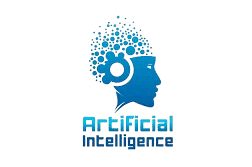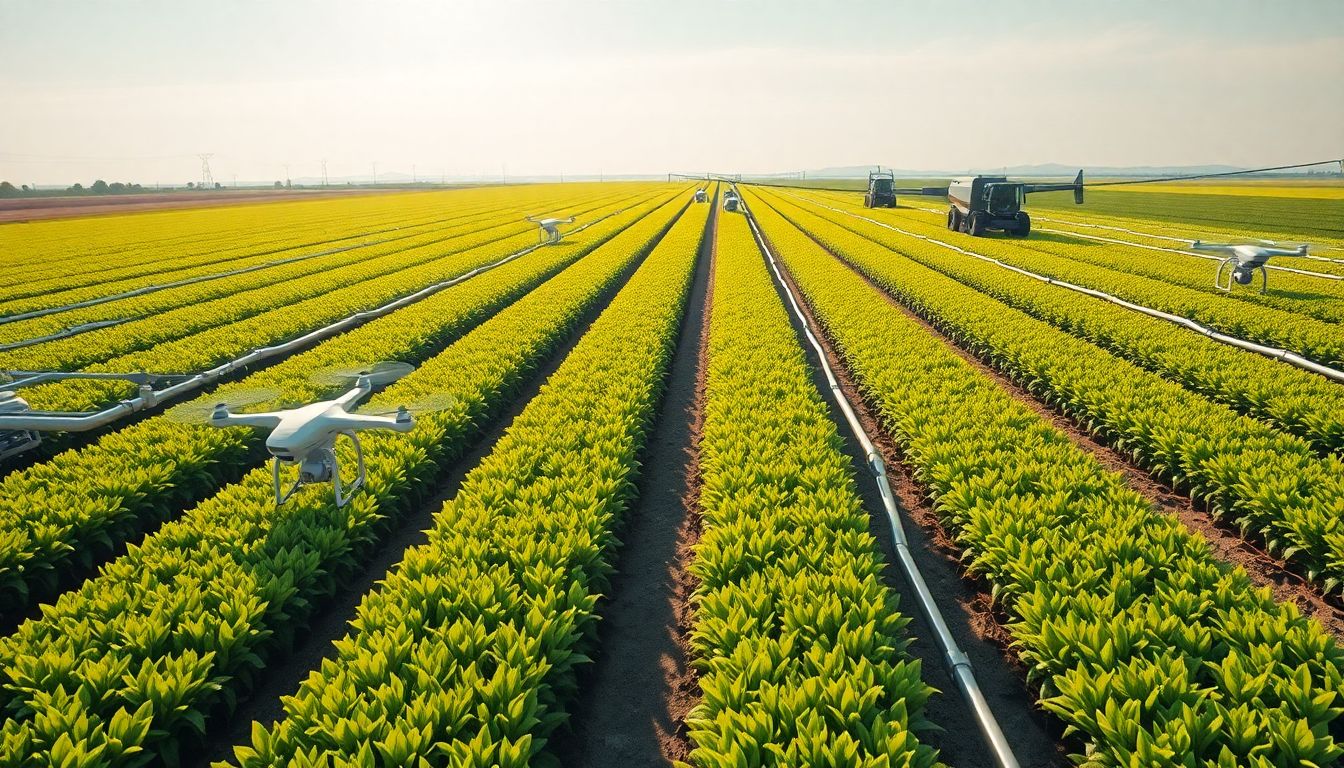Artificial intelligence (AI) and robotics offer a multitude of options to address sustainability and environmental issues in agriculture. By 2050, the world must produce nearly 70% more food compared to today. These technologies have the potential to revolutionize how we grow crops, enhancing efficiency, sustainability and profitability for farmers everywhere.
Current Challenges in Agriculture
Farming today isn’t easy. Farmers face many problems including labor shortages, climate change, and dwindling resources. However, within these challenges are opportunities for technology to enable smarter, more sustainable farming practices.
Labor Shortages and an Aging Farmer Population
The number of people going into farming is declining while the average age of farmers is increasing. Robots can assist with planting, harvesting and other essential tasks to address this labor gap.
Climate Change and Resource Scarcity
Changing weather patterns and water scarcity are damaging crop yields. AI can help farmers optimize irrigation and planting plans to make better use of limited resources.
The Need for Greater Efficiency and Sustainability
We must grow more food with fewer resources. AI and robotics can improve yields while reducing waste, creating a greener, more productive food system.
AI Applications in Agriculture
AI analyzes smart data to help farmers make better decisions. It processes data from multiple sources to identify patterns and make predictions.
Precision Farming and Predictive Analytics
AI can determine exactly how much water each plant needs or the optimal amount of fertilizer to apply by analyzing data from sensors, weather reports, and soil samples.
Disease and Pest Detection
AI-powered systems using cameras and sensors can detect diseases and pests early, giving farmers time to respond before problems spread.
Crop Monitoring and Yield Prediction
Agricultural drones with AI can monitor crop health using satellite imagery and predict yields before harvest, helping with resource management.
Agricultural Robotics
Farm robots are automating difficult and tedious tasks, saving time and labor while increasing efficiency.
Planting and Seeding Automation
Robots can plant seeds with precision, improving efficiency and reducing waste to give each seed the optimal chance to grow.
Robotic Harvesting and Picking
Harvesting robots can work day and night to move crops to market more quickly, preventing spoilage.
Autonomous Weeding and Spraying
Robots can identify and remove weeds while precisely applying pesticides only where needed, reducing herbicide use.
Benefits of AI and Robotics in Agriculture
Enhanced Efficiency and Productivity
Automation and data-driven decisions optimize yields, with robots working longer hours and AI improving every farming process.
Reduced Environmental Impact
Precision agriculture minimizes resource waste and pollution through more efficient use of water and fertilizer.
Improved Profitability and Sustainability
These technologies save farmers money long-term while keeping farms productive for years, benefiting both economy and environment.
Implementation Challenges
Initial Investment Costs
While robots and AI systems require significant investment, funding and grants can help farmers afford these technologies that pay off long-term.
Technical Knowledge and Training Requirements
Training programs are essential to help farmers learn to collaborate with AI and robots to maximize their investment.
Data Privacy and Security Risks
Robust security measures are needed to safeguard sensitive farm data collected by these technologies.
The Future of Smart Farming
AI and robotics will work together to build an efficient, sustainable and resilient food system.
IoT and Blockchain Integration
Sensors gathering farm data stored securely on blockchain can create transparent food traceability from farm to table.
Vertical Farming and Urban Agriculture
AI and robots are enabling indoor farms that can grow crops anywhere using less water and land, ideal for feeding cities.
Nutrition Personalization and Supply Chain Optimization
AI can personalize nutrition while optimizing supply chains to get food to consumers faster and more efficiently.
Conclusion
AI and robotics in agriculture boost efficiency, promote sustainability, and create more profitable operations. It’s time for farmers and stakeholders to adopt these technologies to build a food system that can feed the world while helping save the planet.

